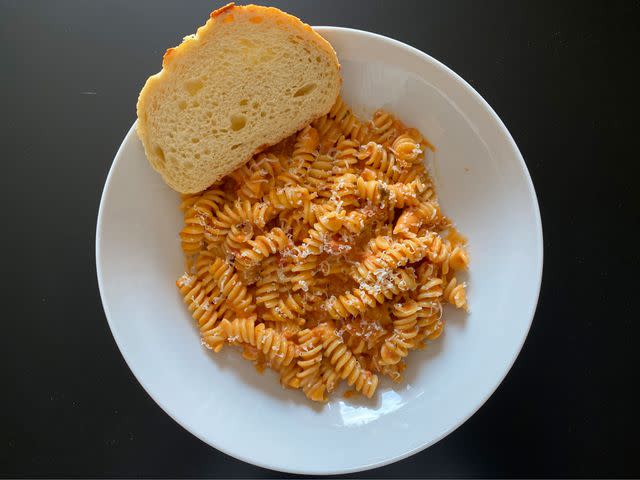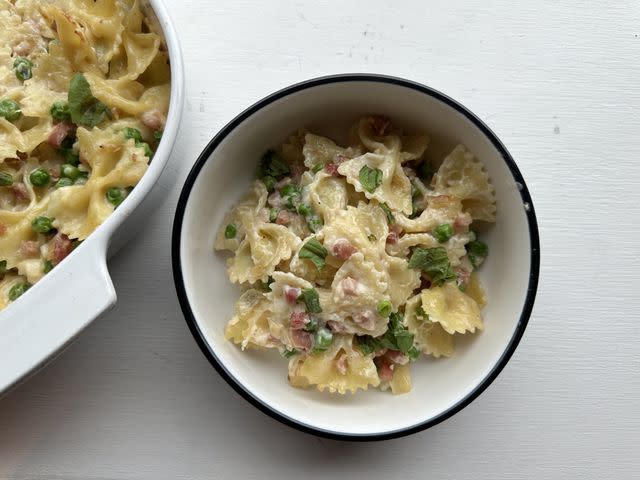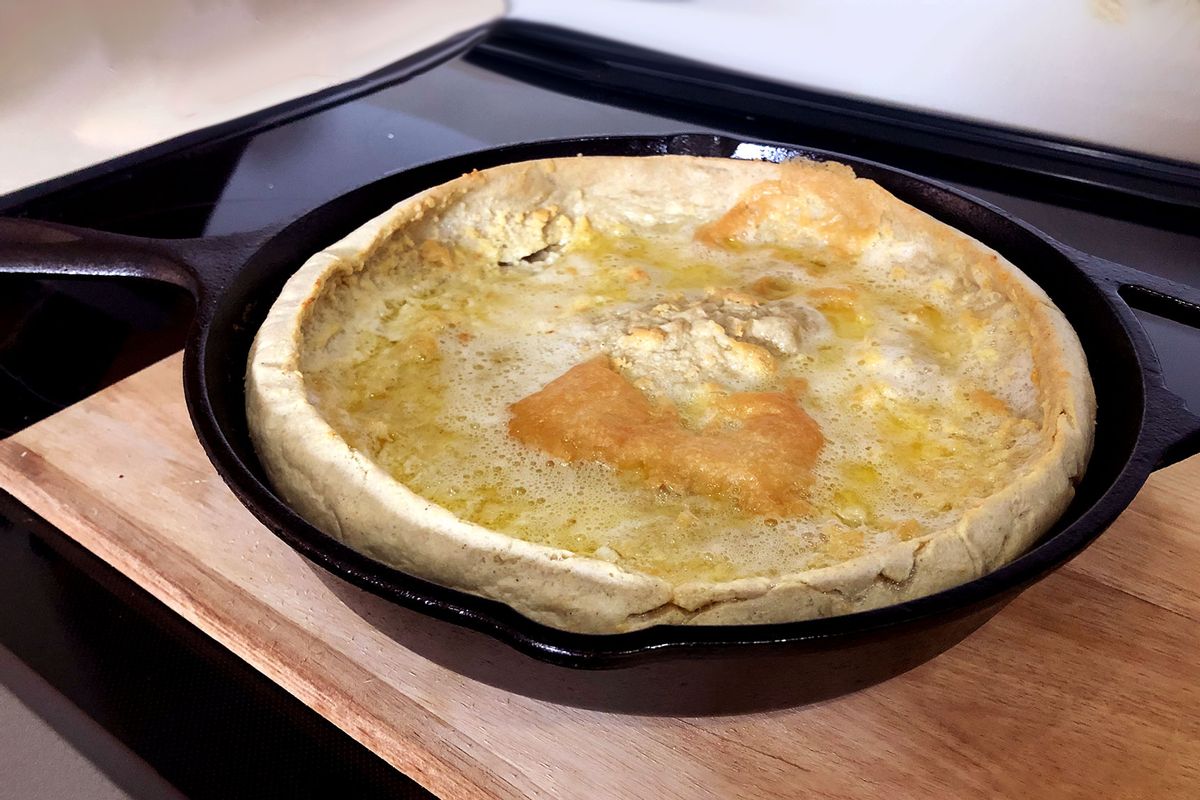
A few months after Hurricane Sally came ashore (September 16, 2020), my husband, Tom, and I bought a fixer-upper on the top of a mountain in the Smokies of North Carolina. As much as we love where we live in Alabama, we wanted a second place, one on higher ground, after enduring that horrific, 24-hour beast of a storm that brought the highest water ever recorded in our community as well as harrowing, but more typical, hurricane-force winds.
Thankfully, all is well at home, no hurricanes to dodge this time of year, but we are here in North Carolina this week, atop our near 5000-foot perch, relaxing and enjoying our view of layered blue-gray mountains that recede in rows all the way to what looks like the end of the world. Having a new place means stocking a new kitchen, and on this trip I bought a brand new iron skillet, something I haven't done in decades, so I have been seasoning it over the last two days.
If you don't know what it means or don't know how to "season" an iron skillet, I will share how I was taught. Hopefully, you already have an iron skillet and can skip this part, but if not, hopefully you'll be inspired to get one, if for no other reason than to make a beloved breakfast tradition: The Skillet Crusty.
To do this, the first step is to preheat your oven to 450 (some say 400, but I was taught 450) and wash your new skillet with dish soap and water. After washing, dry it thoroughly. I place mine on the stove over low heat to make sure it is completely dry. Once it is dry, create a work area with an old kitchen towel to protect and pad your countertop, then place your skillet on it. Use a paper towel to rub every inch of your new skillet — bottom, top and handle — with a high-heat oil. I use avocado oil. Massage the oil in and wipe off the excess. Then, place your skillet face down on a sheet of aluminum foil that has been positioned on the middle rack of your preheated oven. Let your skillet bake in the oven at 450 degrees for one hour.
When the hour is up, turn the oven off and allow your skillet to remain inside until completely cooled. Once cooled, take it out, preheat the oven again to 450 and repeat the oiling and baking process three to four more times. It isn't difficult, but it does take a while.
Buttery, eggy and scrumptious, it was so satisfying and exactly what we wanted.
Since arriving here in North Carolina several days ago, the only thing I have baked has been my now gorgeous and gleaming, new iron skillet, but the warmth and (the real or possibly imagined) aroma emanating from the kitchen while I have been seasoning it made both Tom and me want something fresh-baked and delicious. So this morning with my new skillet ready to go, we started the day off with a Crusty. It did not disappoint. Buttery, eggy and scrumptious, it was so satisfying and exactly what we wanted.
A Crusty isn't sweet on its own, but you serve it accompanied with sweet things like maple or yacon syrup, honey, fresh fruit, stewed cinnamon apples, jams or preserves, powdered sugar or whipped cream. Plain, straight out of the oven, it is spectacularly basic, but with even the least amount of dressing up, it blossoms into something unlike anything you've ever had. Though entirely dissimilar, it is difficult not to compare it to a pancake, but a Crusty is denser, more like a cross between a pancake and quiche. I love that it can be made with any type of flour and any type of dairy. It is versatile and perhaps the easiest breakfast to throw together other than, say, a bowl of cereal.
With only three ingredients, plus butter for your skillet, it really is a breeze to make. You don't have to mix your dry ingredients and wet ingredients separately or worry about the order you add things to your one bowl. There's no folding anything in or worry about over-mixing; in fact, you could even toss it all into a blender if you wanted as the ratio of liquid to flour makes it very thin. It is completely hassle free, and without question a great recipe for your little ones to help with or even make themselves. (You would just need to take over once they have it ready for the skillet.) And as you probably already surmised, you don't need an iron skillet to make this, despite my strong feelings about the importance of having one. Whatever you use, iron skillet or not, make sure it is about twice the depth of your batter because it rises a bit as it bakes.
A Crusty comes out of the oven beautifully golden with a crispy raised outer edge like a puffy halo. You will be tempted to try it plain, but don't do it. Like Eliza Doolittle in "My Fair Lady," it must be transformed from basic to extraordinary with a little of this and a little of that—berries, syrups, coconut, toasted chopped nuts, whatever you like. I prefer to have lots of options on the table so everyone can choose for themselves.
This morning I made our Crusty with sorghum flour, a new favorite of mine. Tom and I kept it pretty simple with just a drizzle of honey and some fresh blueberries and raspberries, but it felt so good to have something fresh baked. It was delicious! We made it together while drinking coffee, then ate it while standing at our new, floor-to-ceiling window, which was a wall not long ago, so that we could continue watching the birds at the feeders. A male and a female goldfinch, white-breasted nuthatches, slate-colored juncos, chickadees and tufted titmice were just some we could name. We laughed and talked and took our time. Before we knew it, it was after noon. Clearly we needed a Crusty — something more, or better than, our typical daily routine breakfasts.
The last several months have been quite possibly the most difficult months in each of our lives with Tom having had health challenges and me losing my mom, both of us needing caretakers and both of us having to be caretakers. This morning the proverbial clouds cleared and the stress, fear and sadness of these last months felt far behind us. Eating our fresh baked Crusty, both of us healthy and smiling, enjoying our morning, gave us a sense of all being right with the world. A feeling we have not had much of lately.
That's the subtle power of food and mealtimes: they create space for things to shift. This easy to turn out dish takes a modicum of energy and effort but is more than enough to transform an every-day into a special day.
There is nothing better than good food to bring you into the moment and slow time a bit so that you can reconnect with the ones you love. And what an added bonus when it is this easy to make!
Skillet Crusty
Yields
4-6 servings
Prep Time
5 minutes
Cook Time
25-30 minutes
Ingredients
4 eggs
1 cup all-purpose flour
1 cup milk
4 tablespoons of butter (but you may need more)
Directions
- Preheat oven to 350.
- Whisk or blend eggs, flour and milk together well.
- Place butter in a round skillet and allow to get very hot and bubbly in the oven. Use enough butter to thoroughly cover and slightly pool in the bottom of skillet once it is melted.
- Remove skillet and pour batter into hot skillet.
- Bake 25 to 30 minutes or until golden and sides are puffy.
- Serve warm with fruit, jams, preserves, syrups, whipped cream, powdered sugar, or anything else you can think of.
Cook's Notes
If you are interested in substituting some or all of the regular, all-purpose flour in this or other recipes with a gluten-free version, you will need to add a binding agent like xanthan gum and some tapioca starch or cornstarch. There are lots of gluten-free flour blends that are 1:1 replacements, but it is easy to mix up your own.
One that I have used countless times is the following blend by Carol Fenster:
- 1 1/2 cups sorghum flour
- 1 1/2 cups potato starch
- 1 cup tapioca starch
- Mix and store in tightly covered container.
As you get used to different mouthfeel of gluten-free baked goods, you can try a simpler substitution of 1/2 teaspoon of xanthan gum per cup of sorghum flour for cookies and cakes, and 1 teaspoon per cup for breads. I have used this simpler method for this Crusty recipe many times.
Read more
about this topic
Salon Food writes about stuff we think you'll like. While our editorial team independently selected these products, Salon has affiliate partnerships, so making a purchase through our links may earn us a commission.
When I need the world to feel right again, I make a cozy 4-ingredient Skillet Crispy - Salon
Read More


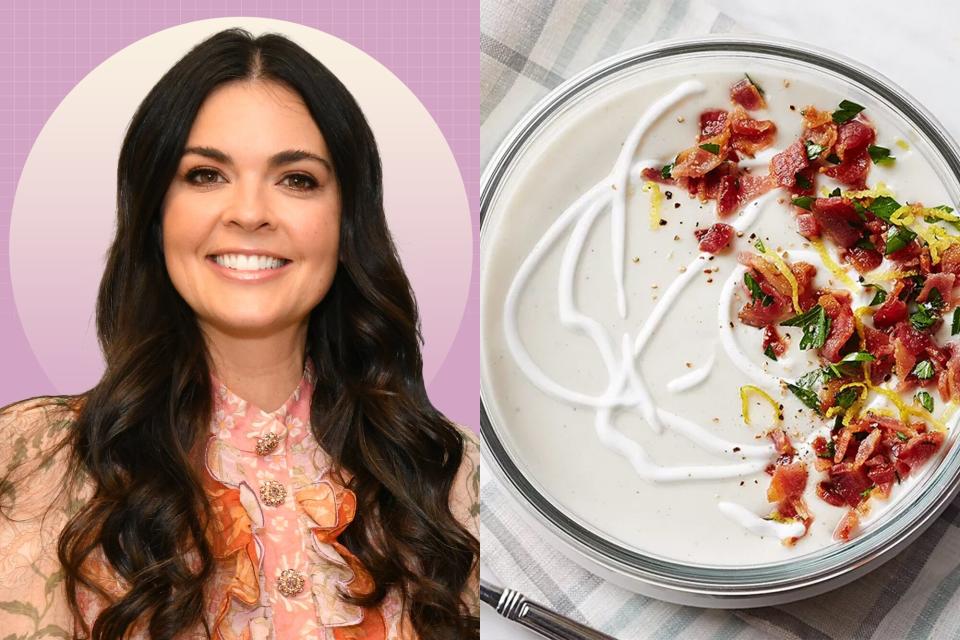
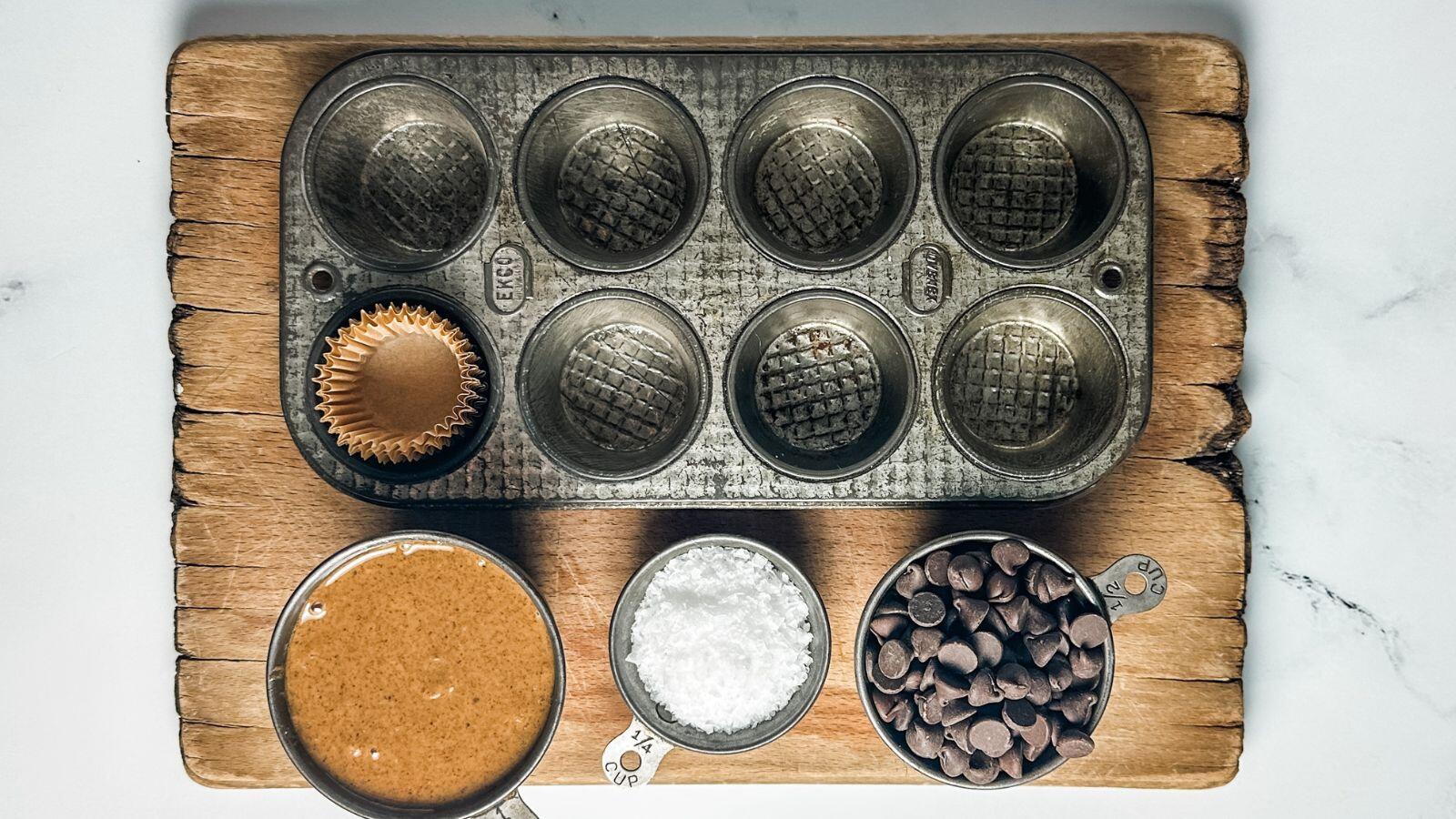
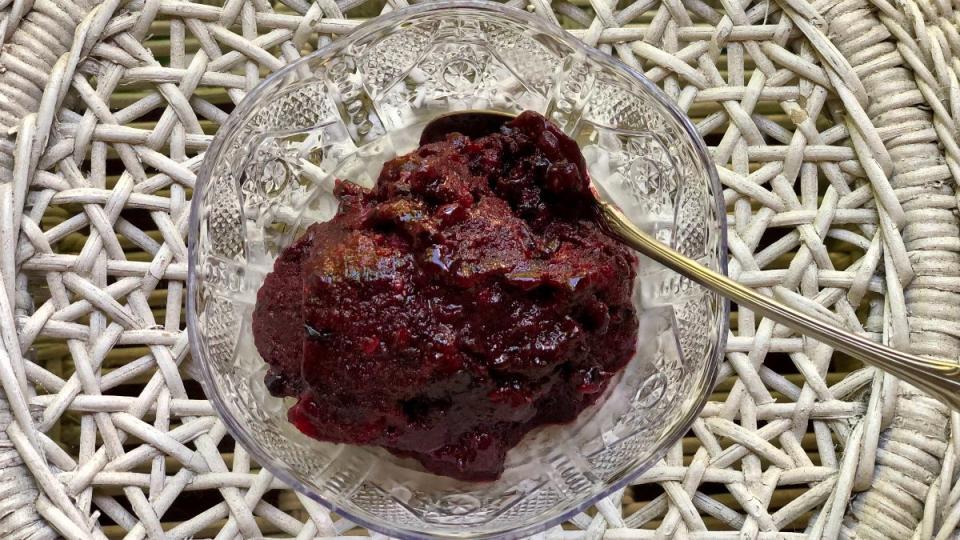
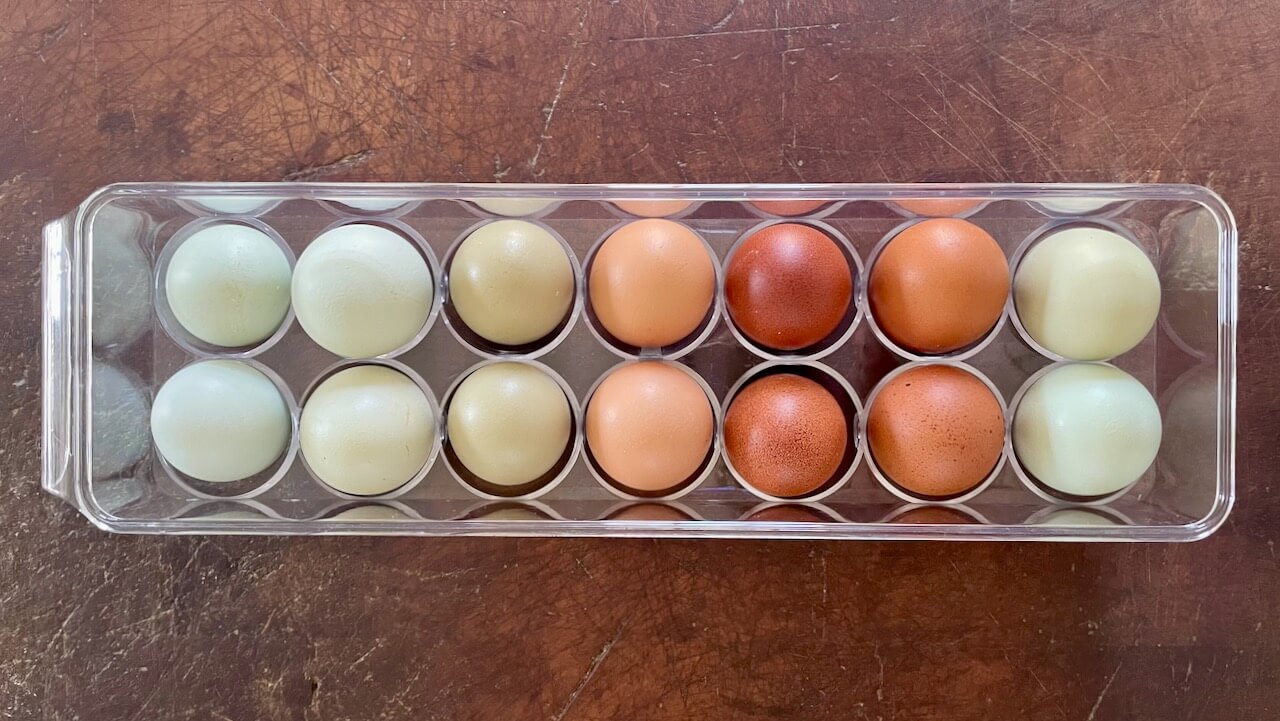


/cloudfront-us-east-1.images.arcpublishing.com/gray/N2BQVKHIJVB2JAQ27SMZXVZ4WM.jpg)
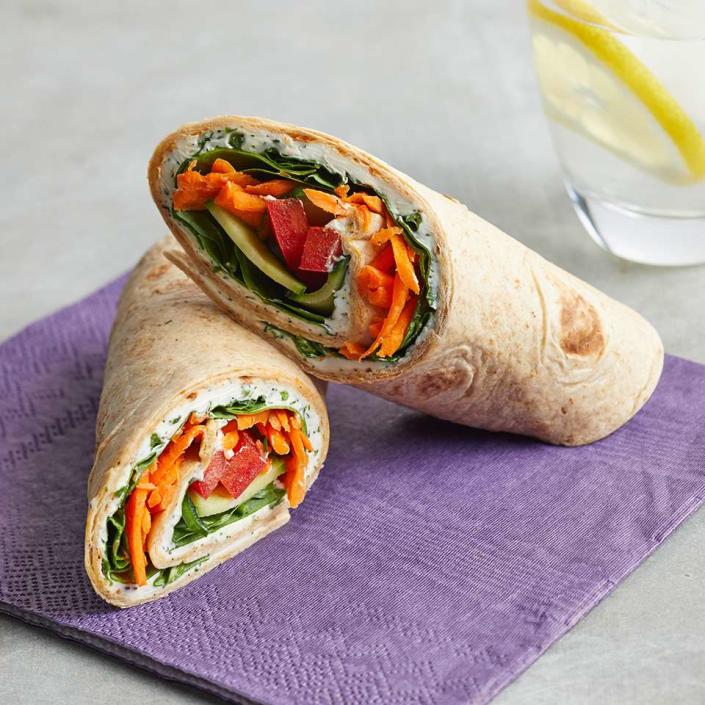
:max_bytes(150000):strip_icc()/southern-living-chicken-parmesan-ddmfs-0047-fe218cb392784e79bfb4bb586685d6f9.jpg)

